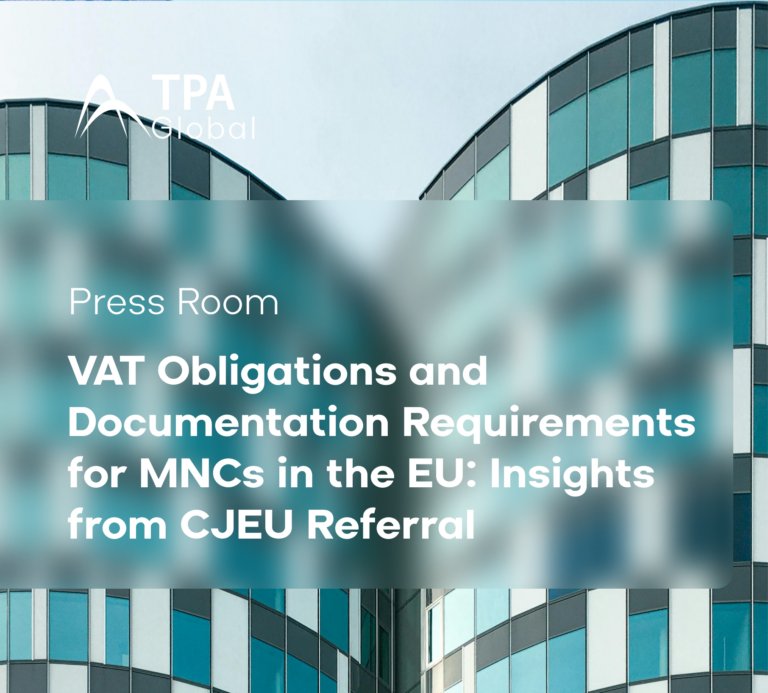Type: Trend
In recent years, we have observed a growing trend of tax authorities around the world implementing various information technology-based revenue collection approaches.
Several EU nations are leading the way in modernizing their VAT reporting systems in an effort to reduce VAT evasion and avoidance while also increasing VAT compliance and, as a result, increasing VAT revenues. Electronic invoicing has been a focus for several EU countries, in addition to the continued use of approaches such as the Standard Audit File for Tax (SAF-T) and Real Time Reporting (RTR).
E-invoicing is not a new process, and the technology that makes it possible is widely used, with e-invoicing in public procurement situations (B2G) being harmonized across the EU. Although not all nations have done so yet, EU Member States should have completed transposing the so-called “e-invoicing Directive” (2014/55/EU) into their national legislation by 2020. E-reporting has been implemented by tax authorities for a variety of reasons, some of which include:
- Trying to stop tax evasion and reduce the tax gap
- The value of data and the possibilities around data
- Simplification and measures to increase efficiencies



